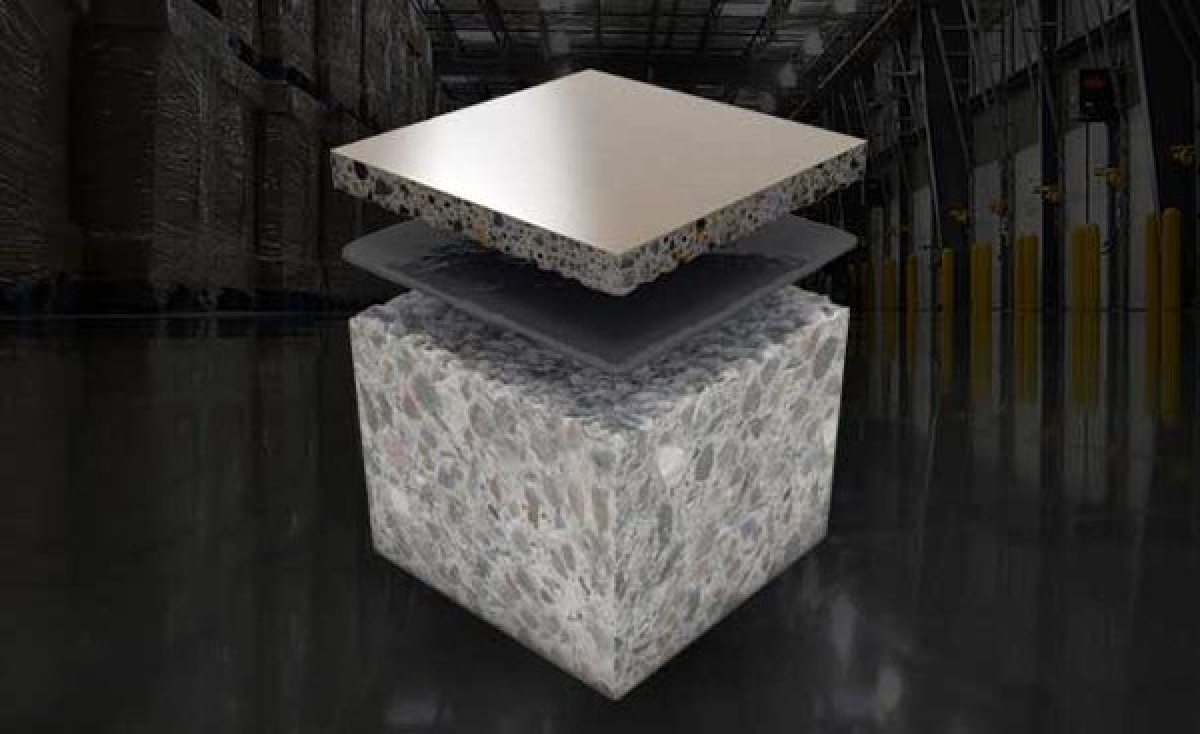Anatomy of a Concrete Floor
Today’s concrete floor is more than a thick layer of concrete poured onto the ground. Concrete floors have advanced technologically over the years to become a durable, load-bearing surface that resists wear and tear.
Durable concrete floors are made up of layers of materials that have been developed and laboratory tested. Each layer plays a different role in making and keeping your floor as flat as possible with the right light reflection.
Here is a close look at the components of a concrete floor.
Sub-Base
The floor sits on sub-base which is a mixture of properly graded stone and sand. Preparation of this sub-base layer will have the largest effect on the performance of the completed floor.
Joints
The joints are the seams you see within an expanse of floor. Within these seams are rigid joint fillers that protect the edges of the joint to prevent spalling. In a durable concrete floor, replacement of the joint filler every two to three years is required. Quarterly inspections and routine maintenance can reduce or eliminate total replacement needs.
Concrete
Shrinkage compensating concrete (SCC) is the best and most common material with the most success for a Control-Joint Free floor. This is achieved through expansive cement added to the concrete. The expansive cement increases slightly in volume with the formation of entrignite crystals.
Concrete is made up of several different components including aggregate, sand, cement, water, and admixtures. Concrete mixes must be optimized for performance to meet the facilities demands and requirements.
? Water reducers to maintain a particular
? Retarders and accelerators
? Aggregate gradations
? Sand gradation
? Aggregate to Fine Aggregate ratio
? Set Time
? Temperature control
? Delivery Time
? Mixing Procedures
The Concrete floor is a wear surface for the forklifts that is thick enough to support the racks.
Surface Treatment
Quartz, emery, and traprock are all hard aggregates with high resistance to wear that can be applied to the surface of an industrial concrete floor. Sometimes malleable metallic hardeners are used with limited success. For a durable, long lasting surface, traprock is the best.
Everything we do in placing and finishing a slab drives the aggregates down and brings the paste to the surface. This paste is the weakest part of the slab but these procedures are necessary in order to achieve the desired burnish trowel finish. Traprock aggregate is applied and troweled into the surface of the concrete to increase the aggregate to paste ratio at the surface of the slab making the surface more durable and abrasion resistant. The slab is burnish trowel finished to a high gloss providing light reflectiveness.
A properly burnished trowel finish reduces wear and tear on vehicles such as forklifts and provides a clean and aesthetically pleasing surface.
Concrete floors are the most basic components of a building but a wealth of research and precision go into the installation of an industrial concrete floor. Trained experts in concrete floor installation ensure the work is done only once; no need for rework or repair. Concrete floors may seem simple, but it’s astonishing what that smooth surface hides and how much craft goes into placing it.

